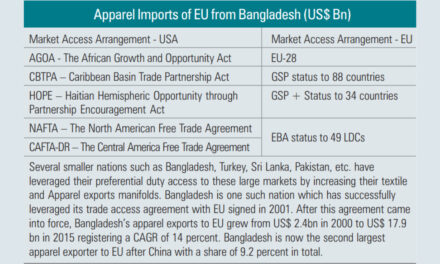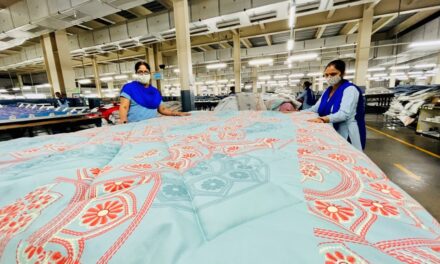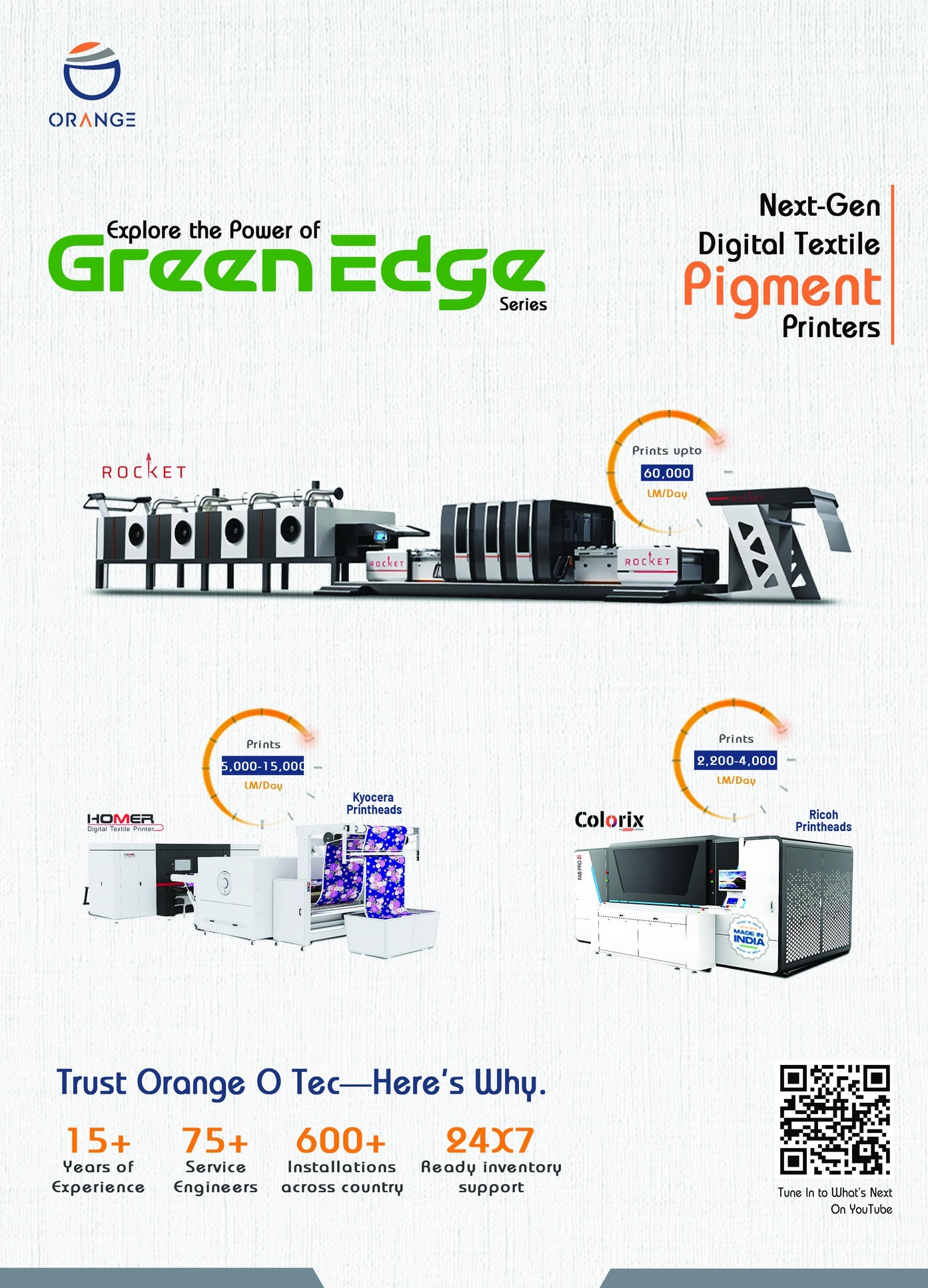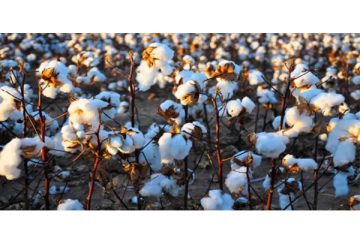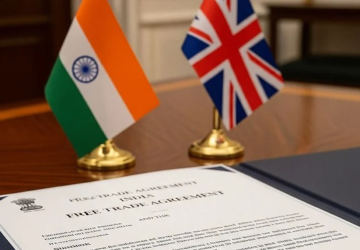
Each year, the textile industry produces about 80 bn garments, leaving a rather large water footprint behind. Mills can use up to 200 tonne of water per tonne of dyed fabric, which in turn only produces about 1,400 pieces of clothing. Add everything together and roughly 17 to 20 per cent of industrial water pollution is owed to fabric dyes and treatments.
Energy consumption and water usage in the textile industry are extremely high and occur at each stage of manufacturing. It is also the most polluting industry in the world. In regards to water use, the impacts include the overuse of water and the release of chemical pollution in waste water. There have been NGO movements across different parts of the world- and especially in the producing countries to control these discharges of hazardous chemicals from textile factories.
Govt. is also clamping down on polluting factories and implementing stringent laws for wastewater discharge, which includes Zero Liquid Discharge (ZLD), The Greenpeace Detox campaign and Zero Discharge of Hazardous Chemicals (ZDHC) Programme by Signatory Brands, which is pushing the apparel supply chain to ensure that hazardous chemicals are not discharged.
To reverse the impacts of this degradation on quality of life and the balance within Earth’s ecosystem, the textile industry has a significant role to play. The chemical and technology manufacturers or related organisation are redesigning processes and products to reduce their environmental impact. They are reducing water usage as well as waste and emissions volumes, and reclaiming and recycling materials that would otherwise be disposed of and giving them renewed purpose. They are choosing earth- and people-friendly process chemicals to replace more toxic ones.
In this issue, we have highlighted few greener ways to produce textile or garments and tried to give industry insightful by covering views from the different segments of the textile industry.


